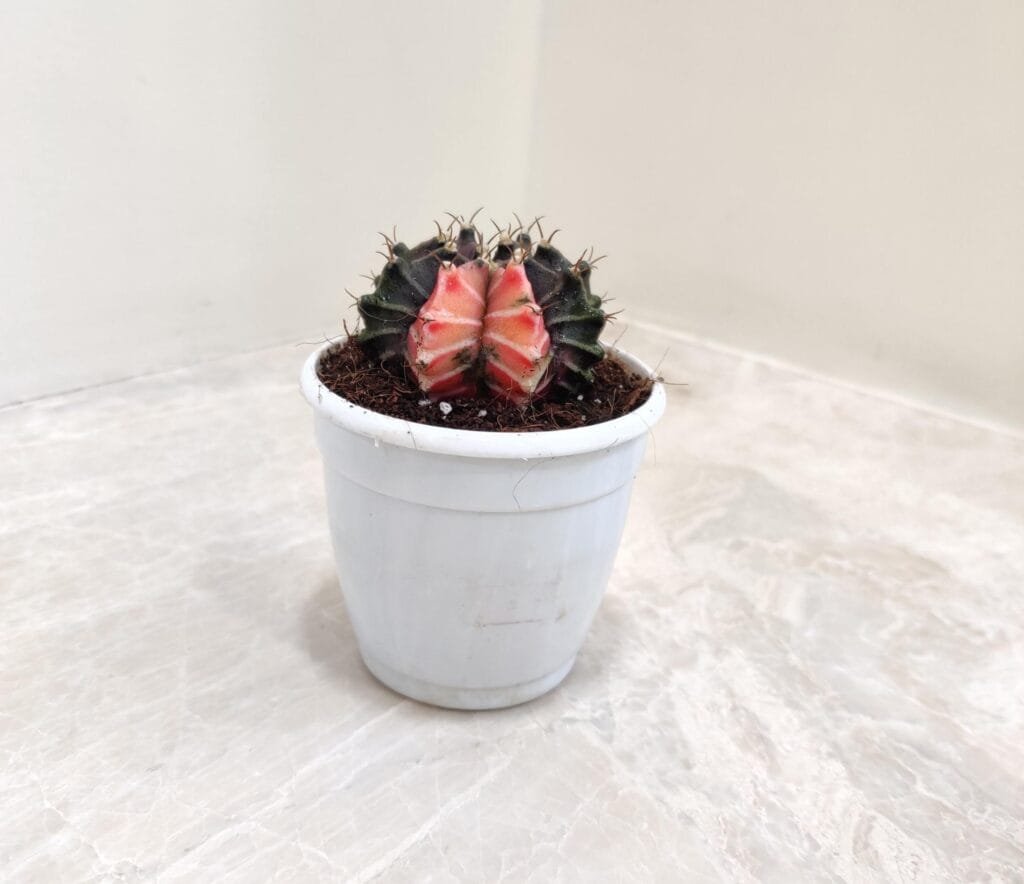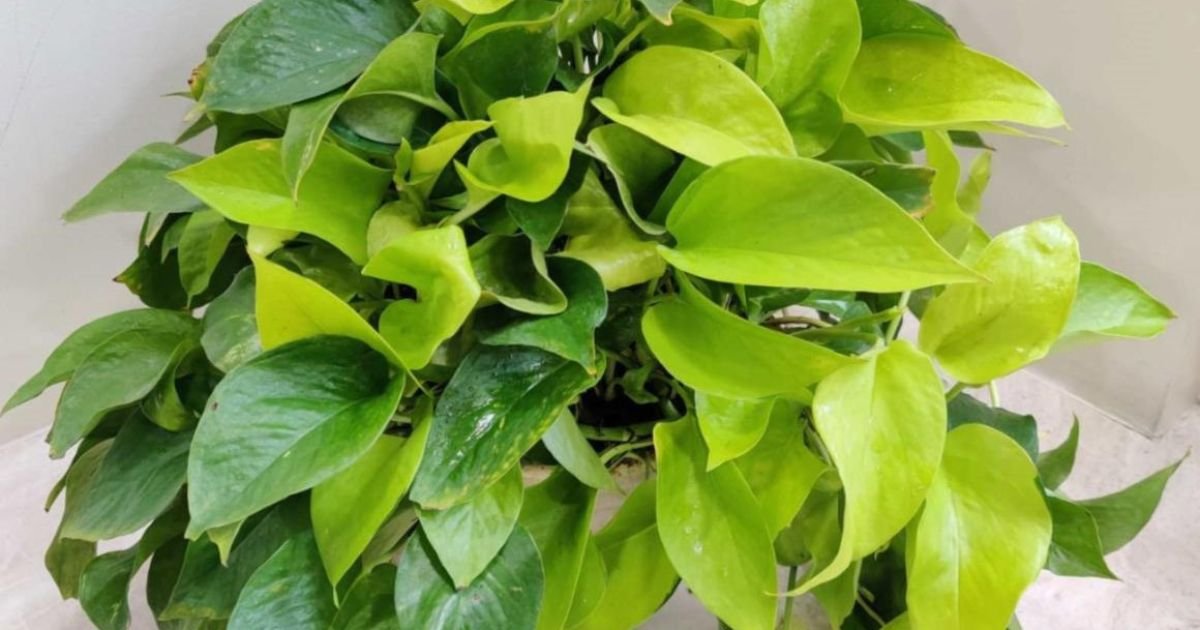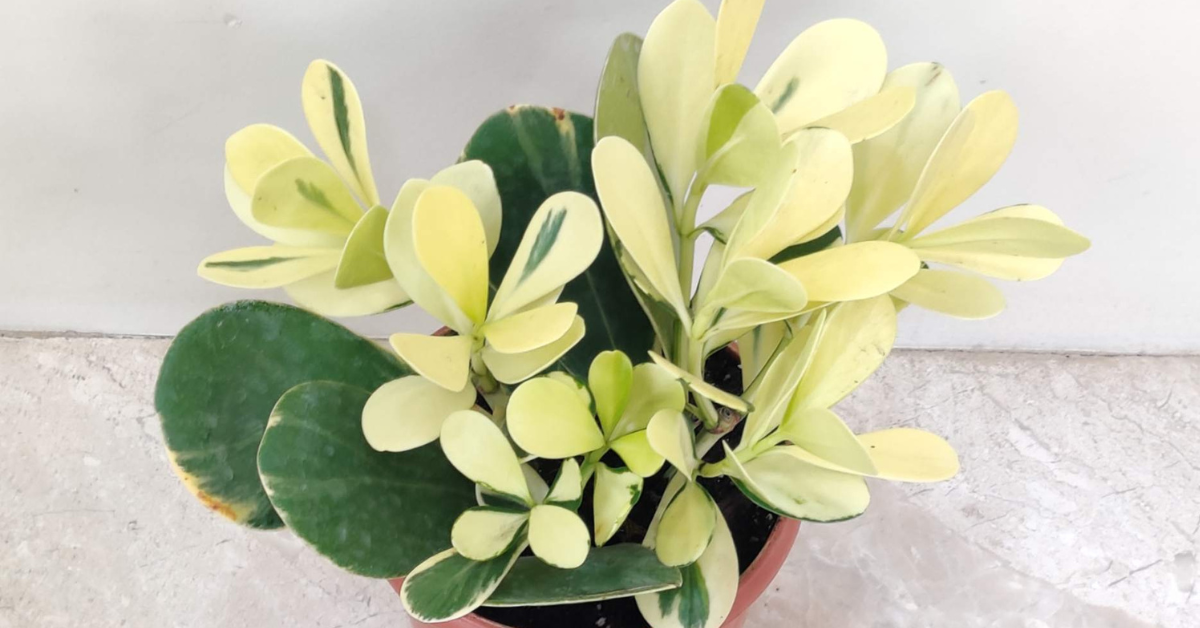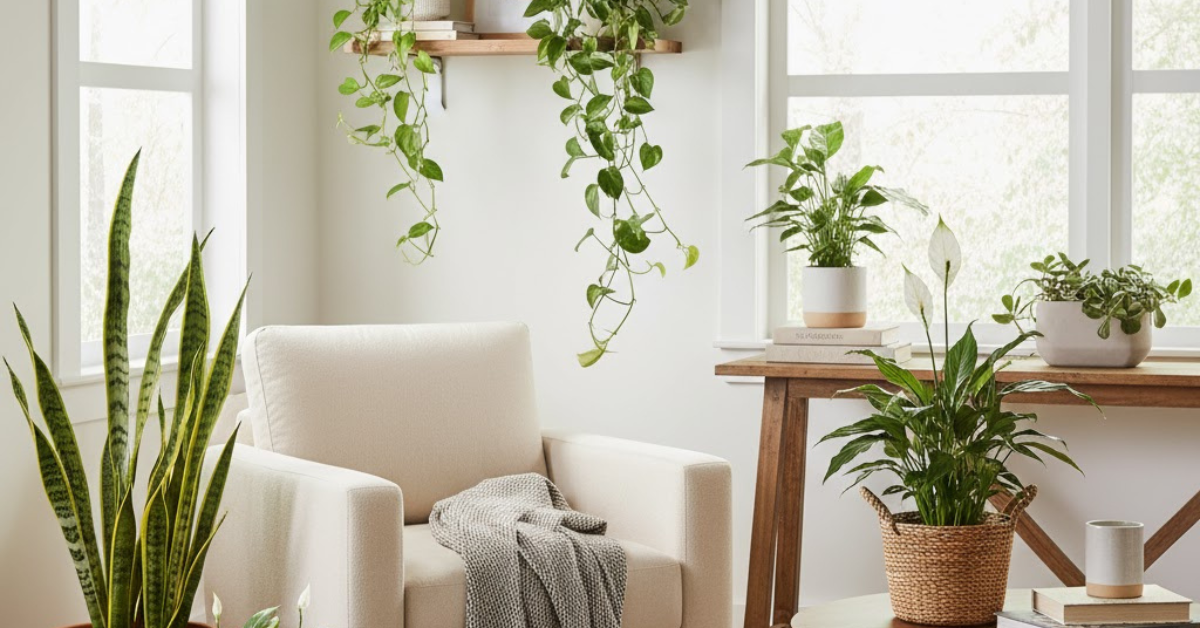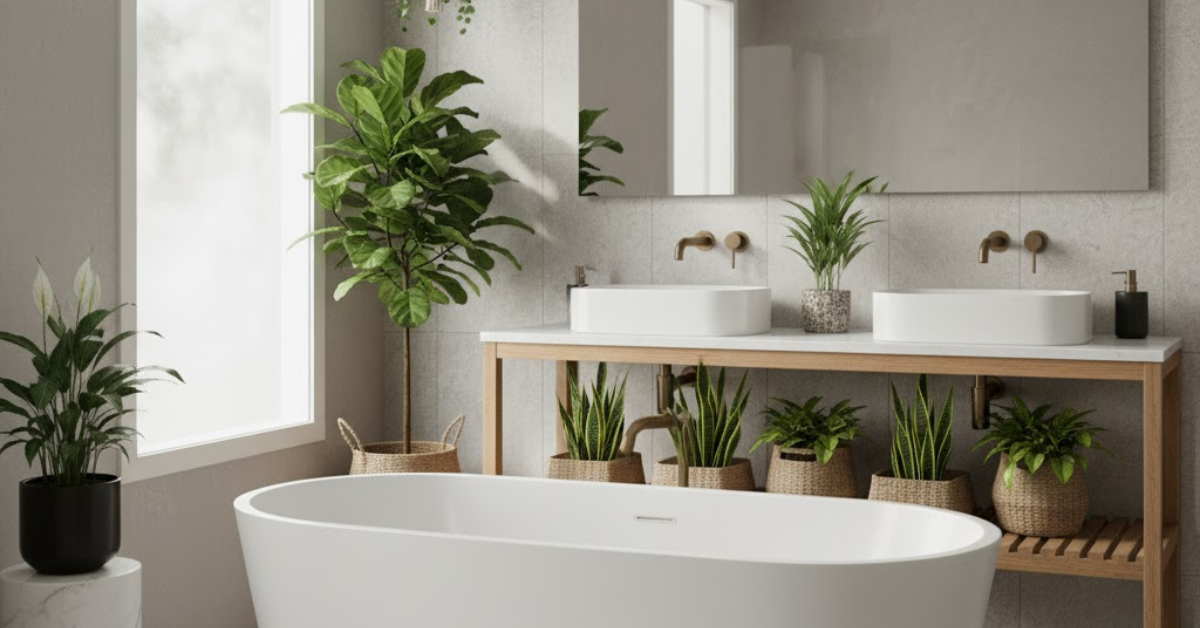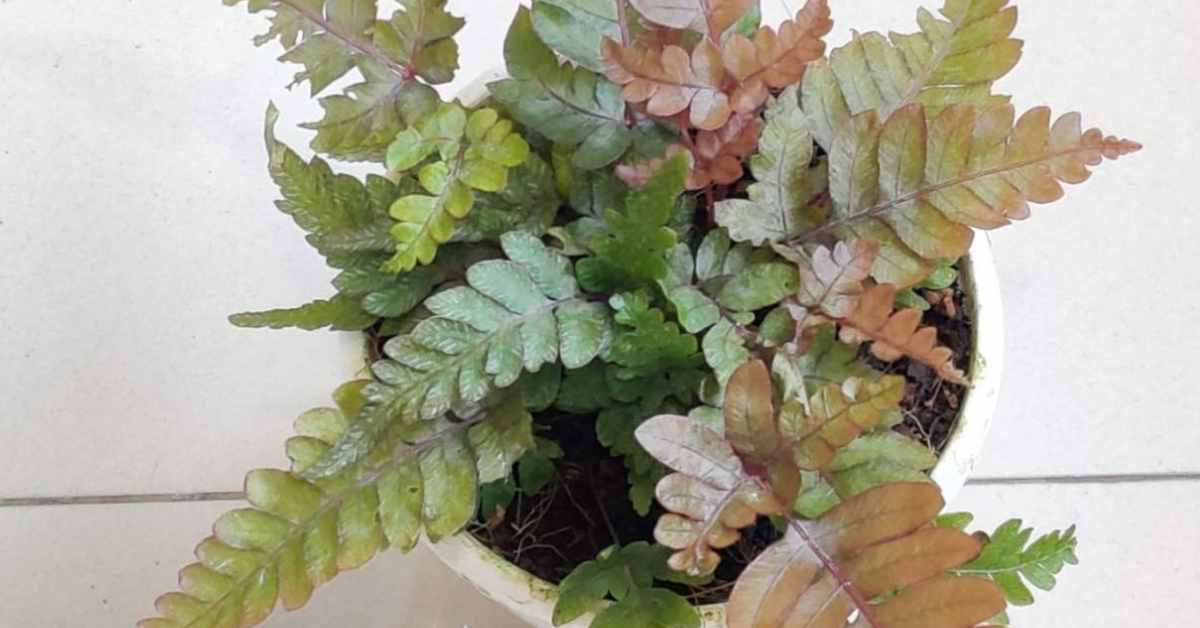Cactus plants have become increasingly popular among home gardeners due to their low-maintenance nature, unique aesthetics, and adaptability to various environments. Whether you want a striking indoor plant or a resilient outdoor feature, there is a cactus species for you. This guide will walk you through some of the best cacti to grow at home, their care requirements, and why they are the perfect addition to any space.
Why Choose Cactus Plants?
Cactus plants are succulents, meaning they store water in their stems, making them incredibly drought-resistant. Unlike other succulents, cacti have specialized structures called areoles from which spines, flowers, and branches grow. These plants are excellent choices for people with busy schedules as they require minimal care while adding an exotic touch to home decor.
1.Cereus Peruvianus Floridus
The Cereus Peruvianus Florida is a low-maintenance cactus that thrives in bright, indirect sunlight. Ideally placed on a west-facing windowsill, this hardy cactus plant requires ample natural light to grow healthy and strong. It does not adapt well to low-light conditions, making it essential to position it in a well-lit indoor space or sunny outdoor area. Perfect for home gardens and indoor plant collections, the Cereus Peruvianus Florida is an excellent choice for those looking for an easy-care, drought-tolerant cactus.
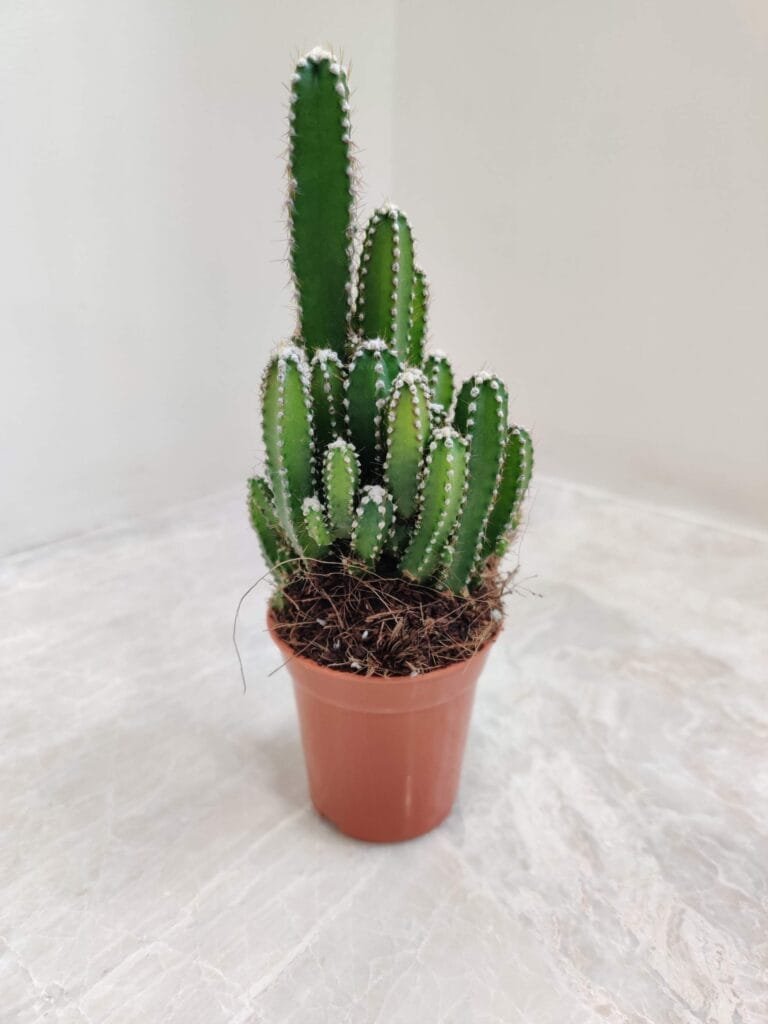
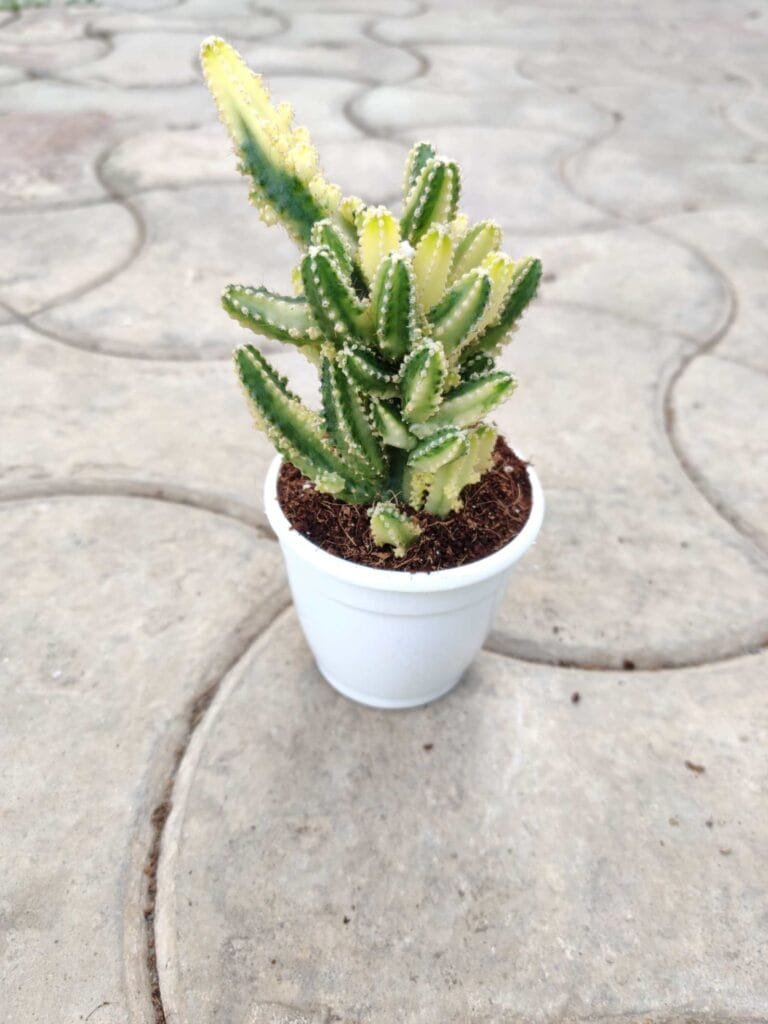
3. Christmas Cactus (Schlumbergera bridgesii)
Unlike most cacti, the Christmas Cactus prefers humid environments and blooms with vibrant red and magenta flowers around the holiday season. It thrives in indirect light and requires consistent watering.

3.African Milk Tree (Euphorbia Trigona)
This fast-growing cactus has a striking columnar shape and deep green stems. However, it produces a sap that can be irritating to skin and harmful to pets, making it a plant to handle with care.
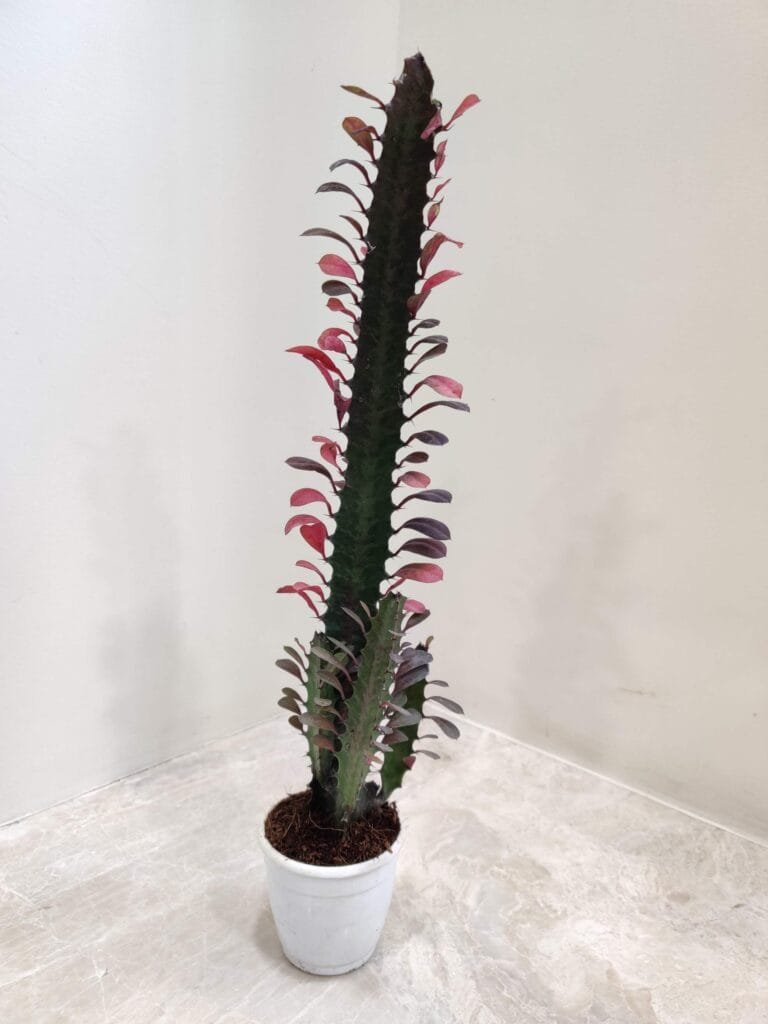
4.Bunny Ears Cactus (Opuntia Microdasys)
Known for its polka-dotted appearance, this cactus has small clusters of fine spines that resemble bunny ears. It loves full sunlight and dry conditions, making it perfect for a sunny windowsill or an outdoor desert garden.
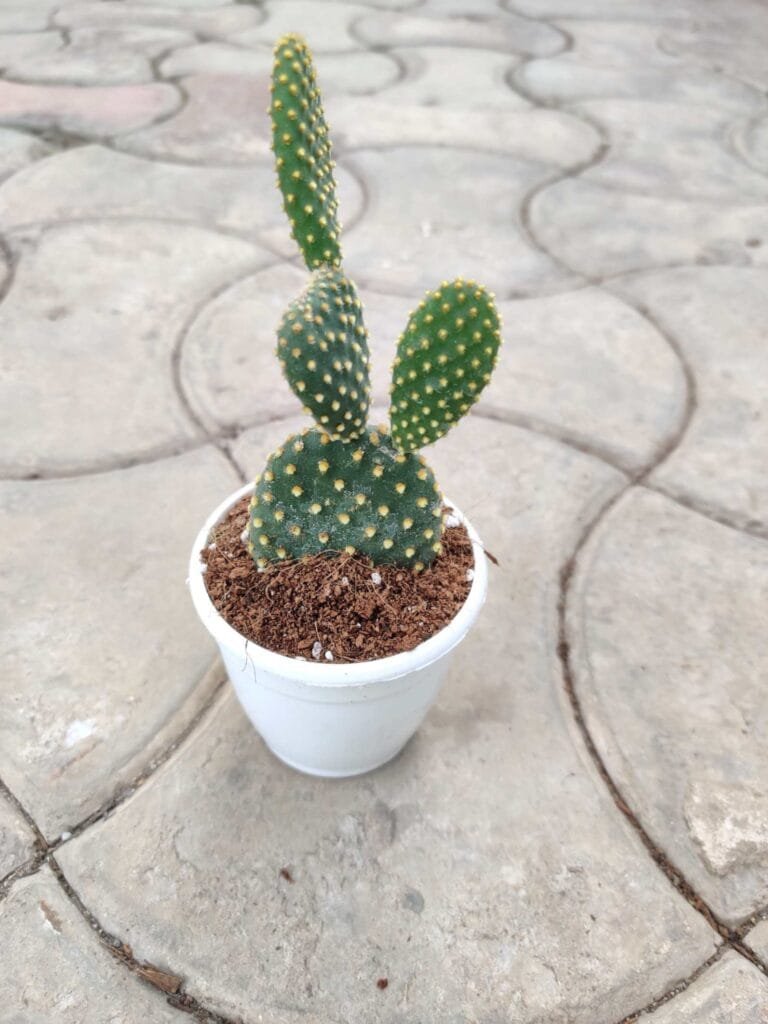
5.Moon Cactus (Grafted Hybrid)
This colorful hybrid lacks chlorophyll, requiring it to be grafted onto another cactus for survival. It’s a popular choice for indoor gardening due to its vibrant red, yellow, and orange hues.
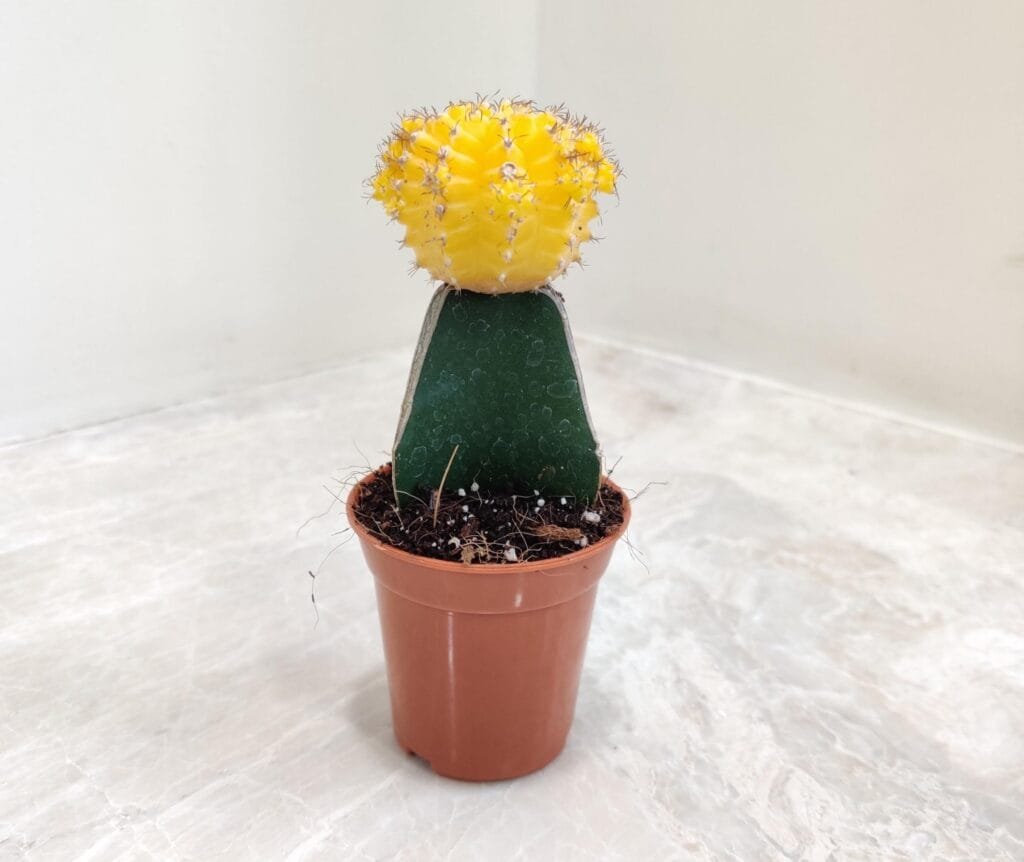
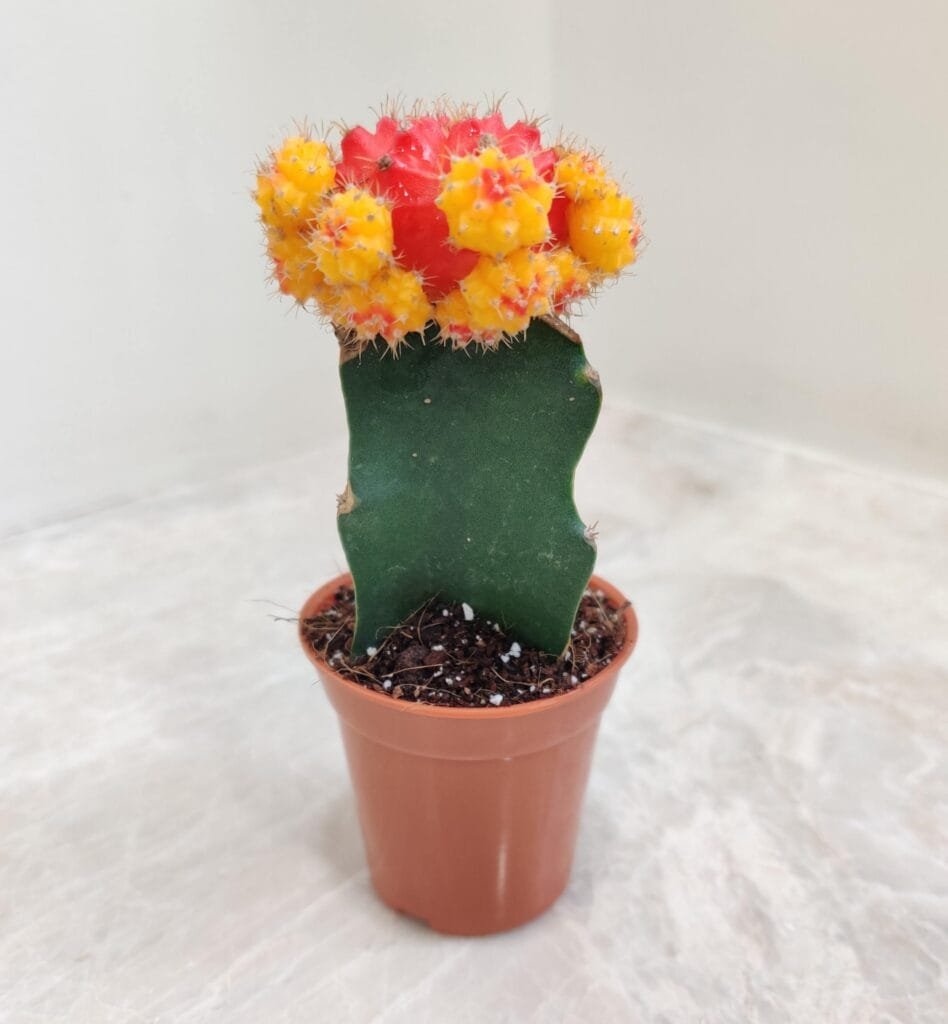
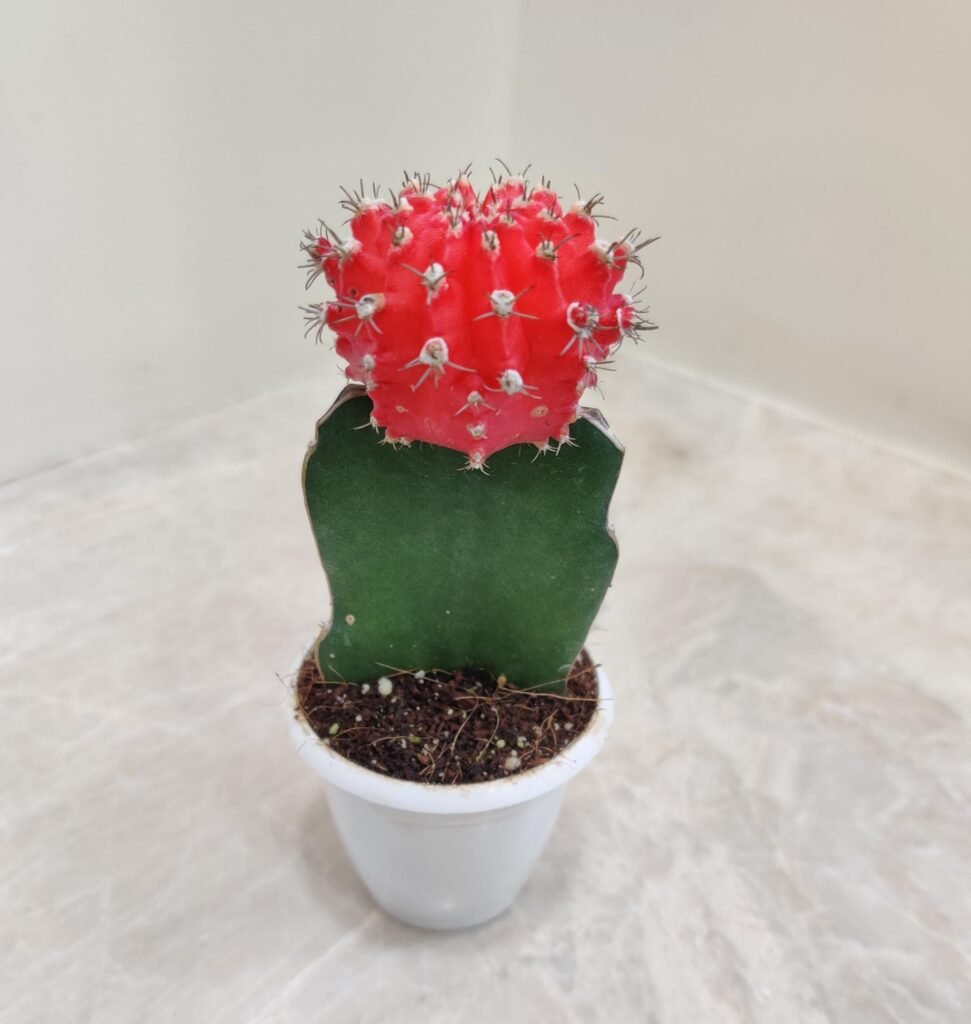
How to Care for Your Cactus
Caring for cacti and succulents requires attention to soil, watering, temperature, sunlight, containers, and fertilizer. Follow these expert tips to keep your plants healthy and thriving!
1. Best Soil for Cacti & Succulents
Use a well-draining cactus potting mix—avoid regular garden soil
Add perlite or pumice to improve aeration and prevent root rot
Choose fast-draining soil to support healthy root growth
2. Watering Tips
Water only when the top ½ inch of soil is dry
Avoid overwatering, especially in cold conditions (prevents root rot)
Water at the base—never let the plant sit in standing water
3. Ideal Temperature for Growth
Keep temperatures between 65°F – 80°F (18°C – 27°C) for optimal growth
During winter dormancy, maintain around 55°F (13°C) for best results
4. Sunlight Requirements
Provide 8-12 hours of bright sunlight daily
Place near a south-facing window or use grow lights for indoor cacti
5. Choosing the Right Container
Pick a pot with drainage holes to prevent waterlogging
Use a container only slightly larger than the plant’s current pot for best root health
6. Best Fertilizer for Cacti & Succulents
Use a cactus-specific fertilizer for balanced nutrients
Dilute and apply as directed to promote strong growth and blooming
By following these essential cactus care tips, your succulents and cacti will flourish year-round!
Final Thoughts: Keep Your Cactus Thriving!
Caring for cacti is easy and rewarding when you follow the right steps! By using well-draining soil, watering only when needed, providing ample sunlight, and choosing the right pot, your cactus will stay healthy and vibrant year-round. Remember to adjust temperature and watering based on the season and use a cactus-friendly fertilizer for optimal growth.
Whether you’re a beginner or an experienced plant parent, these simple yet effective care tips will ensure your cactus flourishes effortlessly. With a little attention and the right conditions, your cacti will be the perfect low-maintenance addition to your home or garden!
FAQs
1. How often should I water my cactus?
Water only when the top ½ inch of soil is dry. Overwatering can cause root rot, so always ensure proper drainage.
2. What type of soil is best for cacti?
Use a well-draining cactus mix with perlite or pumice to prevent excess moisture retention. Avoid regular potting soil.
3. How much sunlight do cacti need?
Cacti thrive in 8-12 hours of bright, indirect sunlight. A south-facing window or grow lights work best for indoor plants.
4. Do cacti need fertilizer?
Yes! Use a cactus-specific fertilizer during the growing season. Dilute it and apply every few weeks for healthy growth.
5. What temperature is ideal for cacti?
Cacti grow best at 65°F – 80°F (18°C – 27°C). In winter, they prefer a cool-down period around 55°F (13°C).
6. What kind of pot is best for a cactus?
Always use a pot with drainage holes to prevent overwatering. Choose a slightly larger pot to allow for growth without excess moisture.
